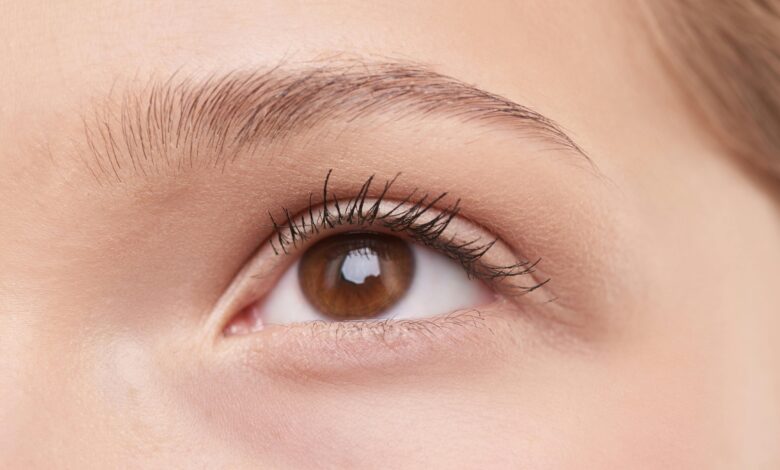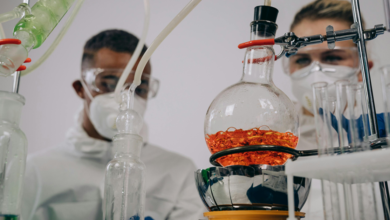Eye Care Product Recall: What you need to Know

Our eyes are among the most sensitive and vulnerable parts of the human body. Whether it’s dry eye relief, anti-allergy drops, or redness-reducing formulas, eye care products are trusted daily by millions. But what happens when the very product designed to protect your vision becomes a threat to your health? That’s the concern that arises during an eye care product recall.
If you’ve recently heard of a recall involving eye drops or ointments, you’re not alone. Recalls involving eye care items have become more frequent in recent years. Some are triggered by contamination risks, others by improper labeling, and some due to adverse reactions reported by users. In any case, knowing how to respond is crucial.
This comprehensive article breaks down the meaning, causes, and consequences of eye care product recalls, who they affect, and how you can safeguard your health going forward.
What Is an Eye Care Product Recall?
A product recall is a formal request to return or stop using a product that may be defective or potentially harmful. In the context of eye care, this typically refers to items like:
Lubricating eye drops
Prescription eye medications
Over-the-counter redness relievers
Allergy eye treatments
Eye ointments or gels
Contact lens cleaning solutions
When a manufacturer or health regulatory body determines that an eye product poses a risk to consumers, they initiate a recall, either voluntarily or as a mandate.
Common Reasons for Eye Care Product Recalls
Eye care products must meet strict safety and sterility standards because of how sensitive the eyes are to irritation, infection, and chemical exposure. Recalls can occur for many reasons, including:
1. Bacterial Contamination
Eye drops that aren’t sterile can lead to serious eye infections. Some recalls happen when contamination is discovered during routine testing or after consumer reports of infection.
2. Incorrect Formulation
If a product contains the wrong concentration of an ingredient, it can cause eye damage, allergic reactions, or treatment failure.
3. Packaging Issues
Faulty packaging—like leaky bottles, broken seals, or misleading labels—can lead to contamination or improper use.
4. Adverse Reaction Reports
If consumers report unusual side effects, such as burning, vision loss, or swelling, the product may be pulled for investigation.
5. Manufacturing Violations
Failure to meet proper manufacturing procedures can compromise the quality and safety of an eye product, even if it appears normal.
Signs You May Be Using a Recalled Eye Care Product
It’s not always easy to know if your product has been recalled, especially if you’re using a generic brand or bought it online. Here are some red flags to watch for:
Your eye product causes unexpected burning or discomfort
You notice cloudy liquid, particles, or an unusual smell
The packaging seems damaged, opened, or inconsistent with past purchases
You experience redness, swelling, or blurry vision after use
You’ve recently purchased from a batch that was listed in public alerts or store removals
If you experience any of these symptoms, it’s important to stop use immediately and consult your healthcare provider.
Health Risks of Using Recalled Eye Products
The eyes are incredibly sensitive, and any compromised product can lead to serious complications. Potential risks of using a recalled or contaminated eye product include:
Bacterial conjunctivitis (pink eye)
Corneal ulcers
Eye inflammation or irritation
Temporary or permanent vision loss
Systemic infections, especially in immunocompromised individuals
Some reported cases linked to recalled products have involved hospitalization and permanent eye damage. This is why regulatory agencies act quickly to remove suspect products from circulation.
What to Do If You’ve Used a Recalled Product
If you suspect that you’ve used an eye care product that was part of a recall, take the following steps immediately:
1. Stop Using the Product
Discontinue use, even if you have not experienced symptoms. Continued exposure could worsen potential damage.
2. Consult an Eye Care Specialist
Schedule an appointment with an optometrist or ophthalmologist. Let them know which product you used and when. They can examine your eyes and recommend treatment if necessary.
3. Report Symptoms
If you’ve experienced adverse effects, report them to your doctor and relevant health authorities. Your report may help others avoid harm.
4. Dispose of the Product Properly
Do not flush or throw the product into regular trash without guidance. Most pharmacies can help you safely dispose of recalled medical items.
5. Monitor for Symptoms
Even if you feel fine, keep an eye on your vision and comfort level. Some symptoms may appear gradually, especially in mild infections.
How to Stay Informed About Eye Product Recalls
The best way to protect yourself is to stay informed. Here are some tips for staying ahead of recalls:
Check product lot numbers and expiration dates before purchase
Register for safety alerts from local health authorities or your country’s drug safety board
Buy from reputable stores with quality control and recall protocols
Avoid bulk online purchases of unverified eye care brands
Store eye care products properly to prevent early contamination
Additionally, if you’re prescribed any eye medication, ask your pharmacist about recent recalls or known safety issues.
Understanding the Impact of Recalls on Public Trust
Every time a recall is issued, public confidence in that brand—and sometimes the industry—can be shaken. When eye care products are recalled due to contamination or safety violations, it forces consumers to question the reliability of the products they use daily.
However, it’s important to recognize that a recall doesn’t always mean the entire product category is dangerous. In many cases, it’s a specific lot or batch that failed to meet standards. But the damage to consumer trust can still be long-lasting, especially when injuries or severe outcomes are involved.
How Manufacturers Respond to Eye Care Recalls
Companies have a responsibility to act quickly and transparently in the event of a recall. Standard manufacturer responses include:
Public notification of affected products
Removal of products from shelves
Offering refunds or exchanges
Cooperation with health authorities for inspection and investigation
Improvement of manufacturing practices to prevent future issues
Consumers should hold companies accountable, but also pay attention to how swiftly and responsibly they handle such incidents. A brand that takes action quickly to protect its users deserves some recognition for that responsibility.
FAQs
What is the most common reason for eye care product recalls?
The most common reason is bacterial contamination, often discovered during routine quality testing or after reports of infection from users.
How can I check if my eye drops have been recalled?
Check the lot number, expiration date, and product name against current recall notices. You can also contact the manufacturer directly for confirmation.
Are recalled eye products always dangerous?
Not always. Some recalls are precautionary, but others involve serious health risks. If in doubt, stop using the product and consult a professional.
Can I get a refund for recalled products?
Most manufacturers offer refunds or replacements for recalled products. Contact customer service with proof of purchase or the affected lot number.
Should I stop using all eye drops if one brand is recalled?
No. One brand’s recall doesn’t mean all others are unsafe. However, if you’re concerned, speak with your eye doctor for trusted alternatives.
Conclusion: Stay Informed, Stay Protected
An eye care product recall can feel unsettling, especially when it affects a product you’ve trusted. But awareness, swift action, and professional guidance can make all the difference. Whether you’re currently using eye drops or plan to buy new ones, always check the labels, stay updated on alerts, and pay attention to how your eyes respond.
Your vision is priceless. And with the right precautions, you can continue to care for it safely, confidently, and without compromise.
